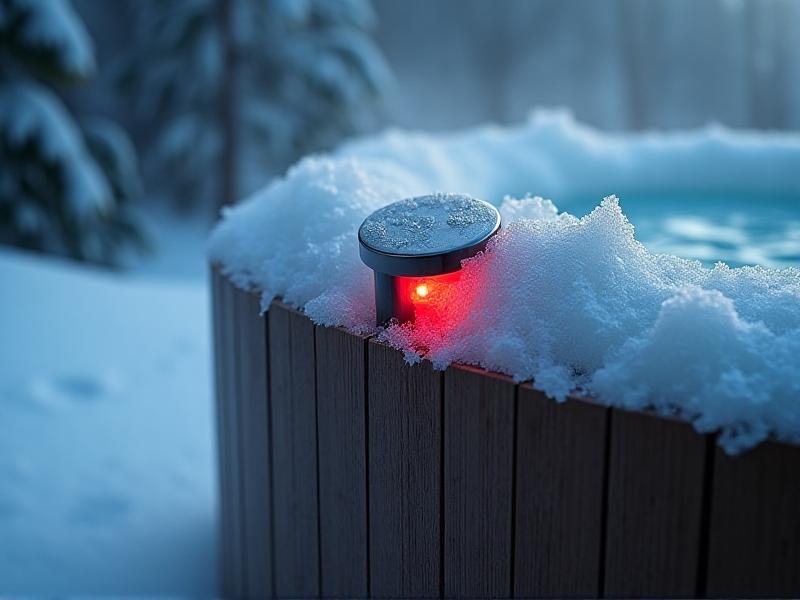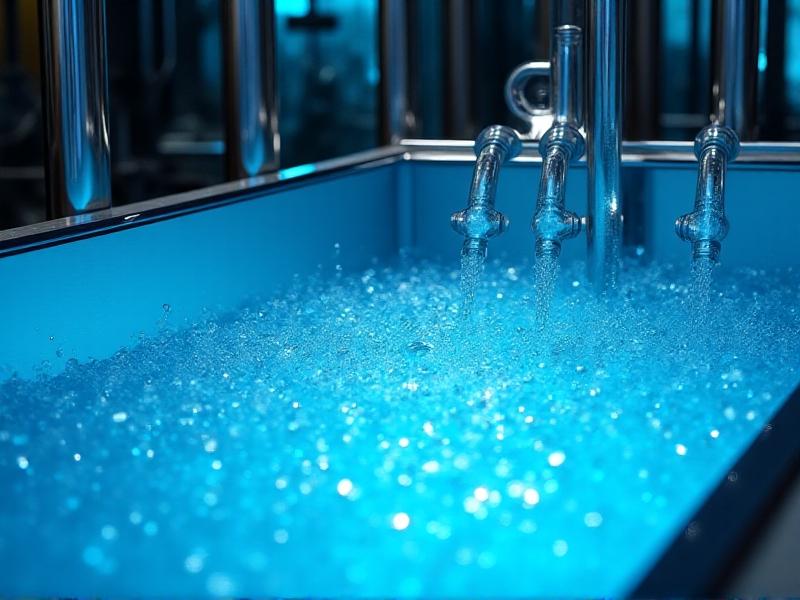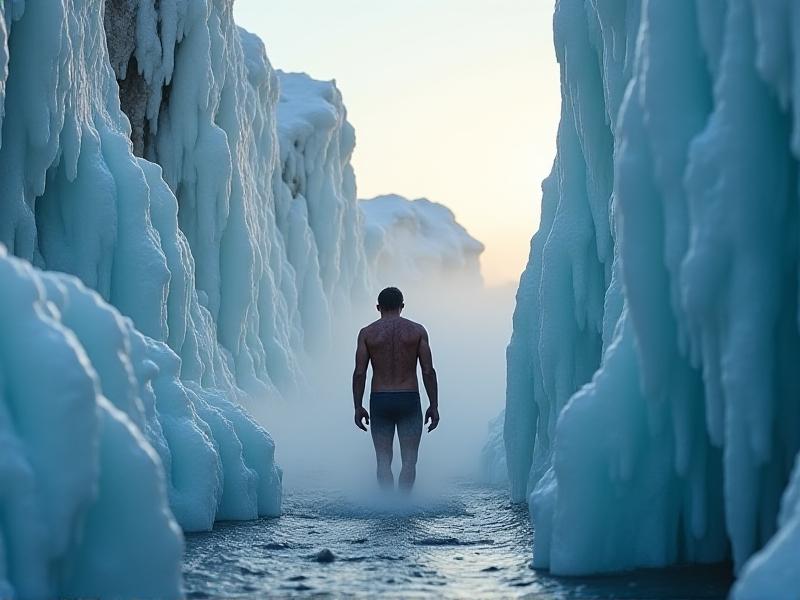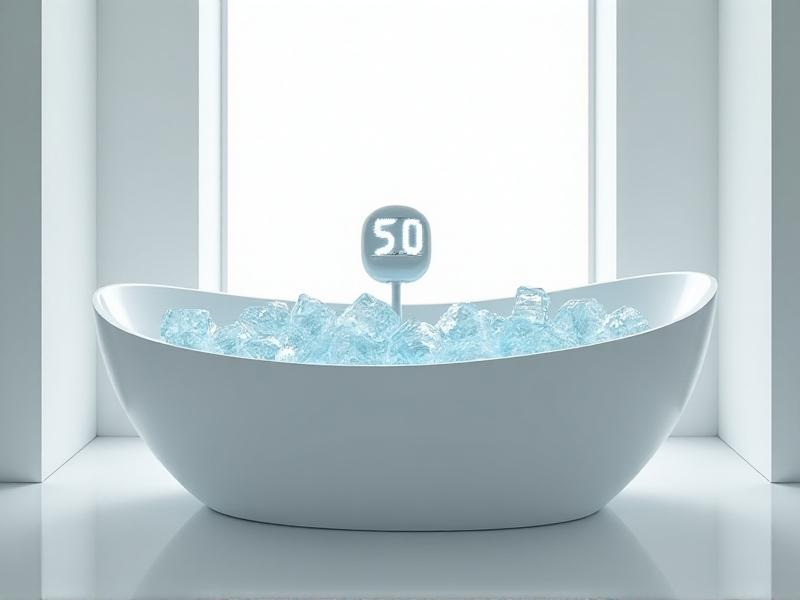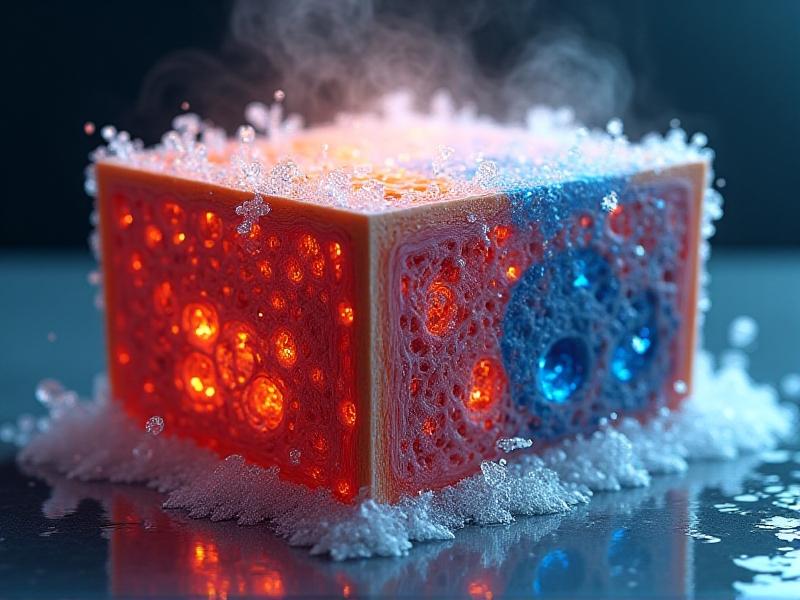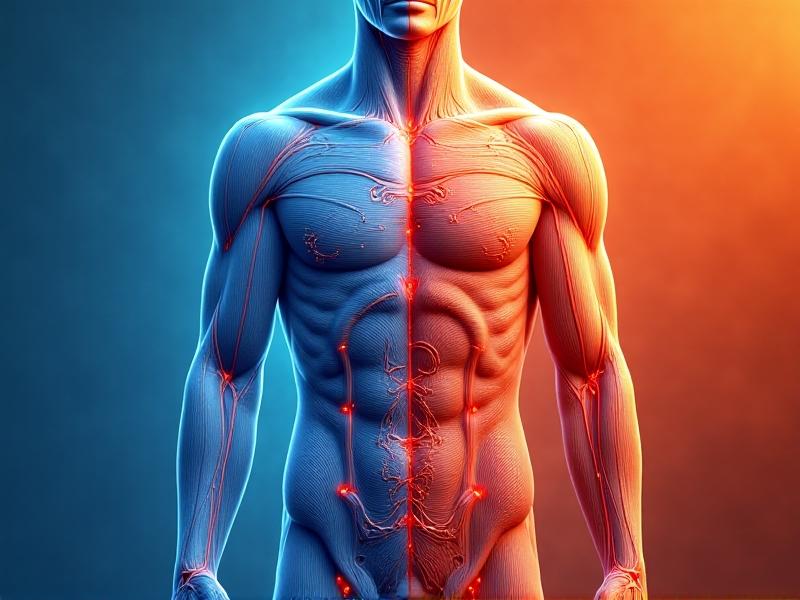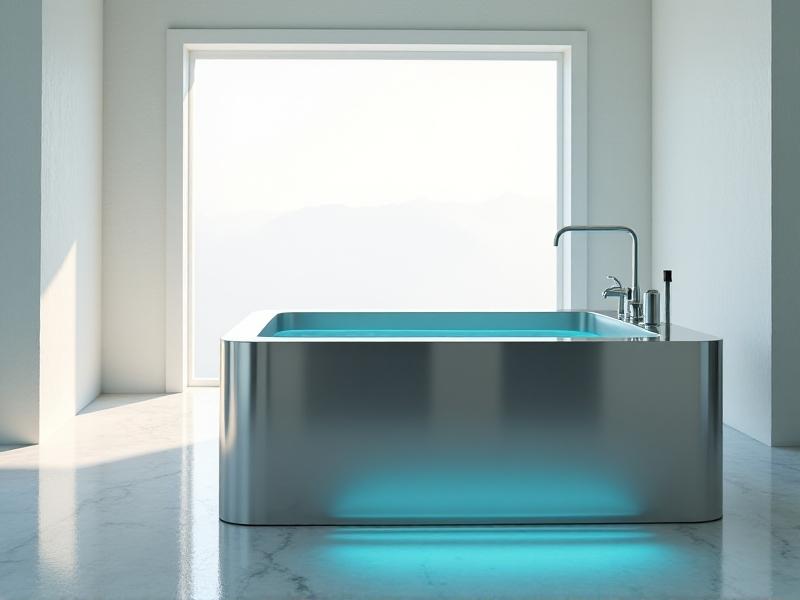Neuroendocrine Response to Ice Bath Immersion
The Immediate Stress Response: Cold Shock and Hormonal Surge

When the body is submerged in icy water, thermoreceptors in the skin instantly relay distress signals to the brain. This triggers the hypothalamus, the body’s command center for stress, to activate the sympathetic-adrenal-medullary (SAM) axis and the hypothalamic-pituitary-adrenal (HPA) axis. Within seconds, adrenaline floods the bloodstream, sharpening focus and priming muscles for action. Simultaneously, cortisol levels begin to rise, preparing the body to manage prolonged stress. This dual-axis response is a survival mechanism, evolved to handle acute threats—yet ice baths simulate this reaction deliberately, leveraging discomfort for potential benefits like enhanced alertness and metabolic activation.
Sympathetic Nervous System Activation: Fight-or-Flight in Freezing Water
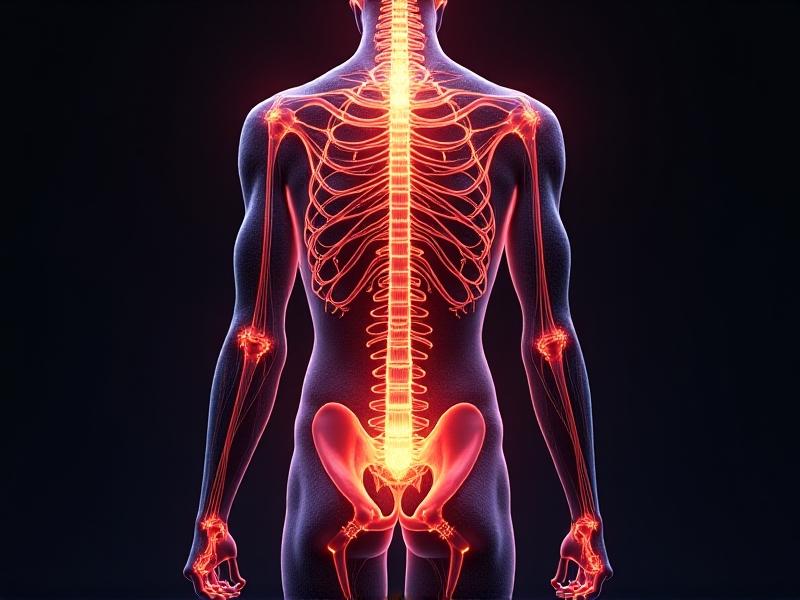
The plunge into cold water sends the sympathetic nervous system into overdrive. Norepinephrine, a neurotransmitter central to the fight-or-flight response, surges, dilating pupils and redirecting blood flow toward vital organs. Heart rate and blood pressure spike temporarily as the body prioritizes core functions over peripheral tissues. This hyperarousal state may explain why athletes report heightened mental clarity post-immersion. However, the intensity of this reaction varies: seasoned cold-water swimmers exhibit dampened sympathetic responses compared to novices, suggesting adaptability through repeated exposure.
Cortisol Release: The Double-Edged Sword of Cold Stress

Cortisol, the body’s primary glucocorticoid, peaks 20–30 minutes after ice bath initiation. While acute spikes enhance glucose availability and suppress non-essential functions like digestion, chronic elevation from frequent cold exposure could impair immune responses or disrupt sleep. Research indicates that controlled, intermittent cold exposure may train the HPA axis to respond more efficiently to stressors—akin to building metabolic resilience. Yet the line between adaptation and overtraining remains thin; cortisol’s immunosuppressive effects underscore the need for moderation in ice bath protocols.
Adrenaline and Noradrenaline: The Body’s Rapid Fire Defenders

Adrenaline (epinephrine) and noradrenaline (norepinephrine) act as the neuroendocrine system’s first responders. Released from the adrenal medulla, these catecholamines trigger vasoconstriction to preserve core temperature and boost cardiac output. Athletes often chase this “adrenaline rush” for its perceived performance-enhancing effects, but repeated spikes may strain cardiovascular systems in susceptible individuals. Interestingly, noradrenaline also modulates mood—some studies link cold exposure to reduced symptoms of depression, possibly through noradrenergic pathway stimulation.
Long-Term Adaptations: How Repeated Exposure Reshapes Hormonal Profiles
Regular ice bath users often experience attenuated hormonal responses over time—a phenomenon termed “cross-adaptation.” The HPA axis becomes less reactive to cold as a stressor, potentially improving resilience to other challenges like heat or psychological stress. Brown adipose tissue (BAT) activation plays a role here: BAT generates heat by burning fat, a process regulated by thyroid hormones and catecholamines. Over weeks, cold adaptation may increase BAT density, creating a metabolic shield against hypothermia while reducing reliance on shivering.
Practical Considerations: Balancing Benefits and Risks
Optimal ice bath protocols balance duration and temperature. Most studies recommend 10–15 minutes at 10–15°C (50–59°F), but individual tolerance varies widely. Post-workout timing matters: while cold immersion may reduce muscle soreness, it could blunt hypertrophy by attenuating inflammatory signals. Contraindications include cardiovascular conditions and Raynaud’s disease. Pairing ice baths with breathwork (e.g., controlled hyperventilation) may mitigate extreme stress responses, enabling users to harness neuroendocrine activation without overwhelming the system.
